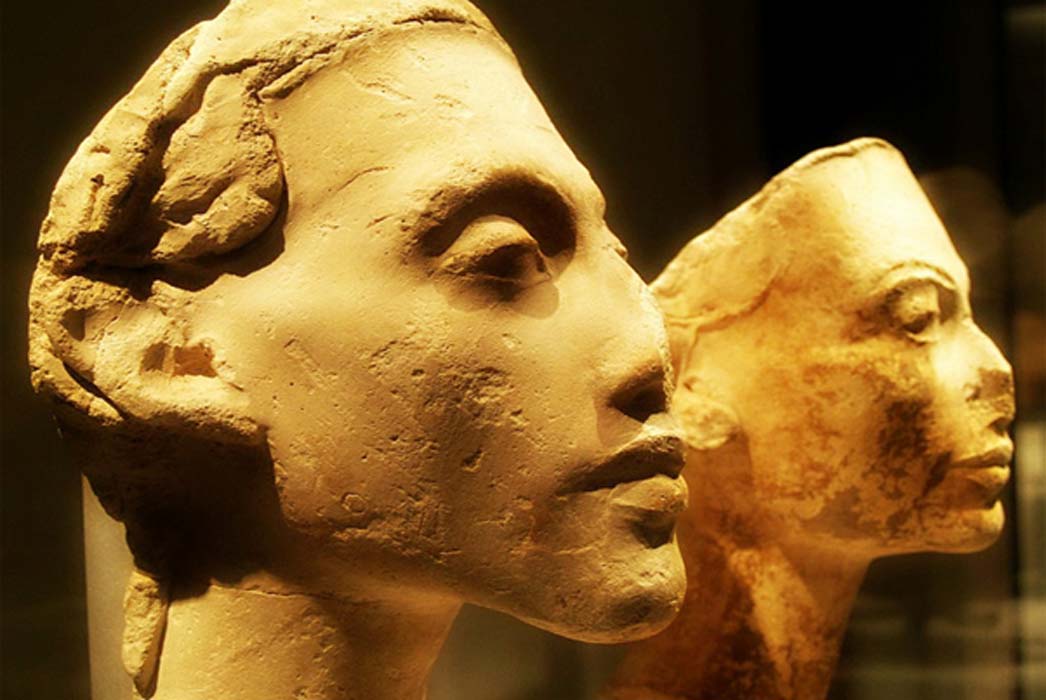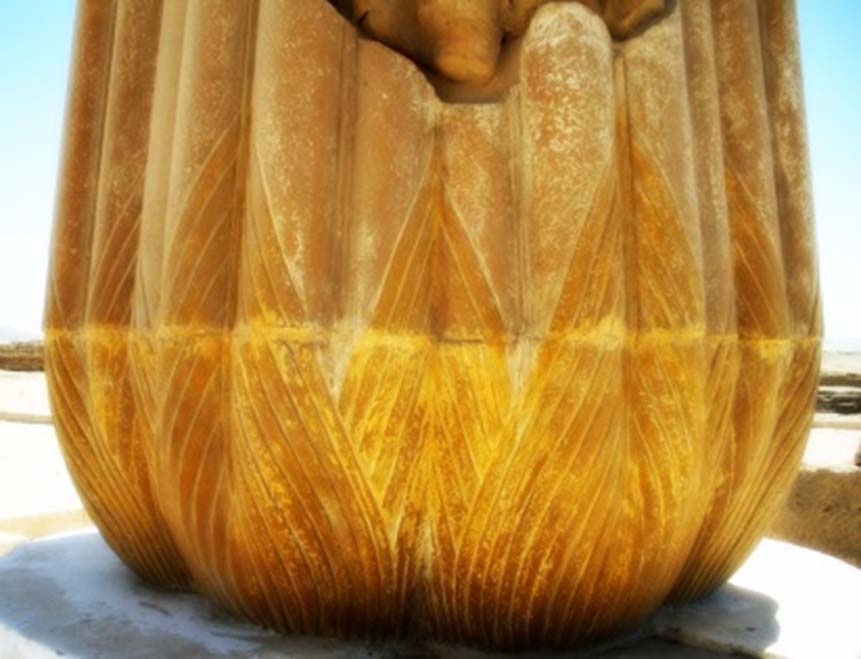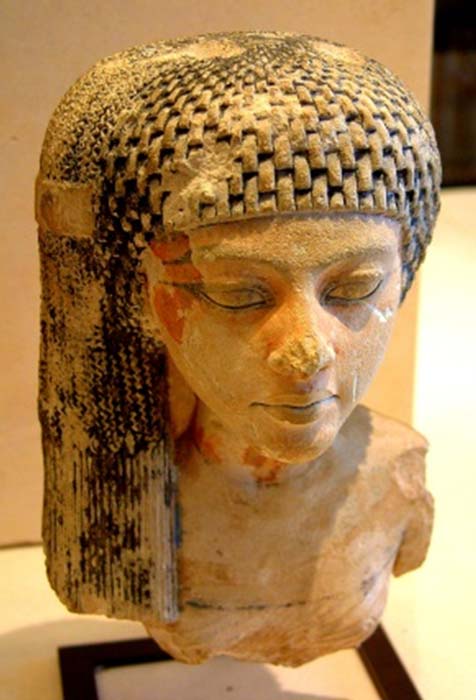
The Dakhamunzu Chronicles: End Game of the Sun Kings—Part I
The history of the dying days of the Eighteenth Dynasty remains shrouded in mystery. The late Amarna succession and its aftermath remain an unsolved conundrum. Out of the mist of this perplexity appears a desperate supplication written by a Sun Queen—the last scion of a royal family that was now irrevocably trapped in the throes of obliteration. With the jury still out, only further research can enable us to establish the identity of Dakhamunzu, a helpless yet daring lady who battled to save her life – and above all – the future of Egypt itself.

A painted wall relief shows Akhenaten, Nefertiti and two of their daughters, Meritaten and Meketaten, making offerings to the Aten. Tomb of Meryre II, Tell el-Amarna. (Photo: Oliviero Piccinali)
AN EMPIRE IN PERIL
"My husband died, a son I have not. But to thee they say, the sons are many. If thou wouldst give me one son of thine, he would become my husband. Never shall I pick out a servant of mine and make him my husband. I am very afraid!”
Discovered in the ancient Hittite capital of Hattusa (Boghaz Koy, modern Turkey), these poignant words were inscribed on a cuneiform tablet that was a part of the annals of the Hittite king, Suppiluliuma I called ‘The Deeds of Suppiluliuma’ written by his son, Mursilli II. It has long been believed that this was the desperate plea of the young widow, Queen Ankhesenamun (Ankhesenpaaten), who, finding herself all alone following the demise of her entire family— including the recent death of her half-brother and husband Pharaoh Tutankhamun— made a final, desperate bid to save the dynasty and ensure her own survival and the continuation of the royal bloodline.

The lower half of a restored column in front of the Sanctuary of the Small Aten Temple. Tell el-Amarna. (Photo: Heidi Kontkanen)
Little about this period can be positively ascertained. Lacking definitive proof, Egyptologists have thus far been unable to arrive at a consensus on the real author of this controversial letter. However, there has always been a toss-up between two prime candidates: Queen Nefertiti, and her third daughter Ankhesenamun. Even though this saga has provided adequate cause for befuddlement, most scholars now tend toward the latter; but the evidence is inconclusive either way. Meritaten, the eldest daughter of Nefertiti, is considered a third contender who may have penned this contentious document; a proposal that has its share of adherents.

A limestone bust from Amarna that is believed to depict Princess Meritaten. Musée du Louvre, Paris. (Photo: Aoineko/CC BY-SA 1.0)




